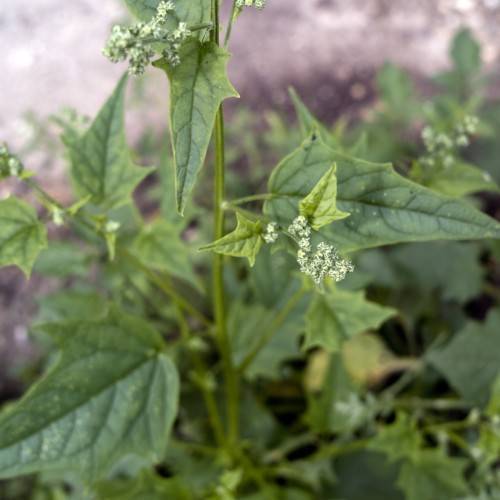
Maple-Leaved Goosefoot
Chenopodiastrum simplex
Watering:
Frequent
Hardiness Zone:
Sun:
full sun,part shade
Leaf:
Yes
Growth Rate:
Low
Salt Tolerant:
Yes
Thorny:
Yes
Care Level:
Medium
watering
Water Little Rose plants only when the soil feels dry to the touch, usually 1-2 times a week. When watering, ensure the entire root area receives enough water, but avoid overwatering. Water until the soil looks dark and damp but not soggy. The amount of water needed varies greatly depending on soil conditions so it's important to check the soil regularly.
sunlight
Little Rose (Chamaerhodos erecta) does best in an area with partial sunlight throughout the day. This plant species prefers 4 to 6 hours of direct sunlight per day with some hours of indirect sunlight mixed in. Morning sunlight is preferable over more intense afternoon sunlight. However, if growing indoors, Little Rose can tolerate a few hours of direct, even afternoon sunlight. It is important to not over-expose this plant species to direct sun as it may lead to scorching or burning of the leaves.
pruning
Pruning of Little Rose (Chamaerhodos erecta) should be done in late winter or early spring, when the plant has just started to emerge from its dormant state. Pruning should be done carefully, removing dead or damaged branches and any crossed or rubbing branches. To maintain the desired form of the bush, prune little rose by selectively removing limbs that grow outward. Remove up to 1-third of the oldest, largest branches at the base of the plant, cutting them off close to the ground. Also remove any dead or diseased growth and cross-branches that may be competing for space with other shoots. The amount of pruning should be kept to a minimum with a light trimming done every year. This will help to control the growth of this plant and maintain its aesthetic appearance.
